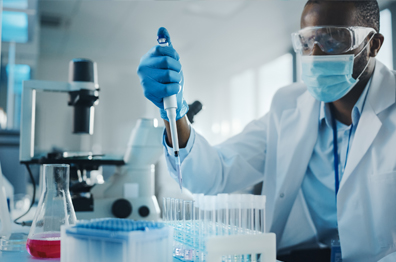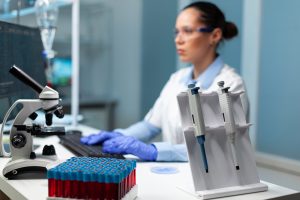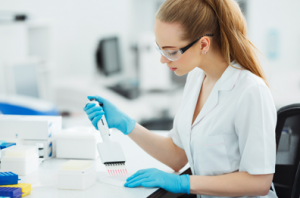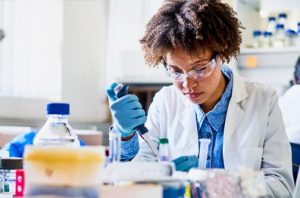Pipettes have been essential laboratory tools for centuries, allowing scientists to accurately measure and transfer small volumes of liquids. Over time, the design and construction of pipettes have evolved, leading to improvements in accuracy, efficiency, and reliability. In this blog, we will discuss the history of pipettes and their development over time.
The earliest known pipettes were made of glass and used in the 17th century to measure and dispense small amounts of chemicals. These early pipettes were relatively simple, consisting of a glass tube with a tapered end that could be dipped into a liquid and used to transfer a precise amount to another container.
In the 19th century, Joseph Louis Gay-Lussac developed the first pipette with a volumetric scale, allowing for more accurate measurements of liquids. This innovation led to the development of more precise and reliable pipettes, making them essential tools in chemistry and medicine.
In the early 20th century, German chemist Franz Mohr developed the Mohr pipette, which is still widely used today. The Mohr pipette is made of glass and has a tapered end that allows for precise measurement and dispensing of liquids. It has a bulb near the top of the pipette that can be squeezed to draw liquid into the pipette and released to dispense it.
In the mid-20th century, plastic pipettes were developed, offering greater durability and convenience than glass pipettes. Plastic pipettes are disposable, reducing the risk of contamination and allowing for faster and more efficient sample preparation.
In recent years, advancements in technology have led to the development of automated pipettes, which offer increased accuracy, precision, and reproducibility. Automated pipettes use electronic mechanisms to measure and dispense liquids, reducing the risk of human error and improving the speed and efficiency of experiments.
Today, pipettes are used in a wide range of applications, including medical research, drug development, and DNA sequencing, among others. They have become essential tools in laboratories worldwide, allowing scientists to measure and transfer liquids with unprecedented precision and accuracy.
In conclusion, pipettes have a rich history dating back centuries, and their design and construction have evolved over time, leading to improvements in accuracy, efficiency, and reliability. From the early glass pipettes of the 17th century to the automated pipettes of today, pipettes have played a crucial role in scientific progress and continue to be essential tools in laboratory research.






